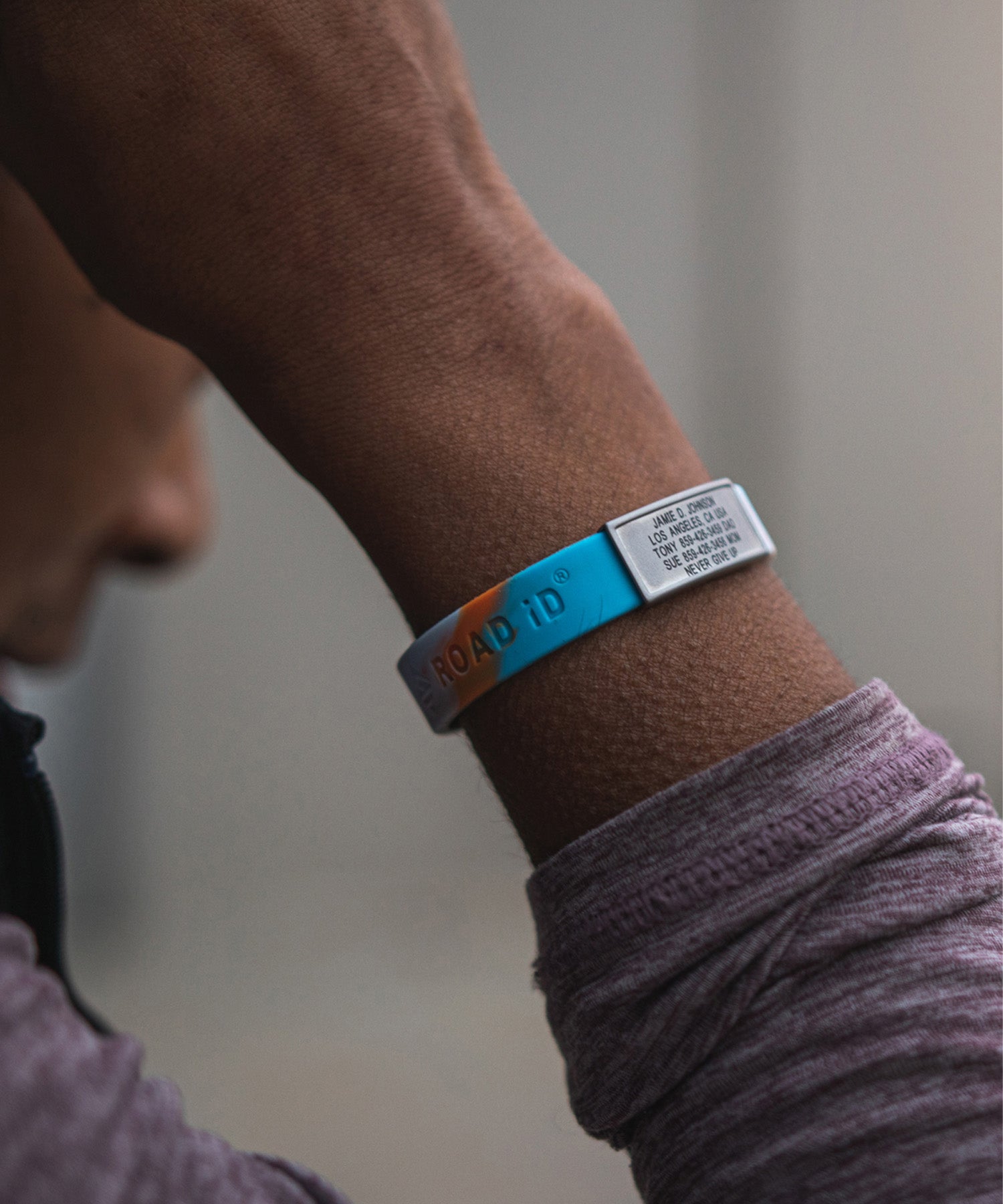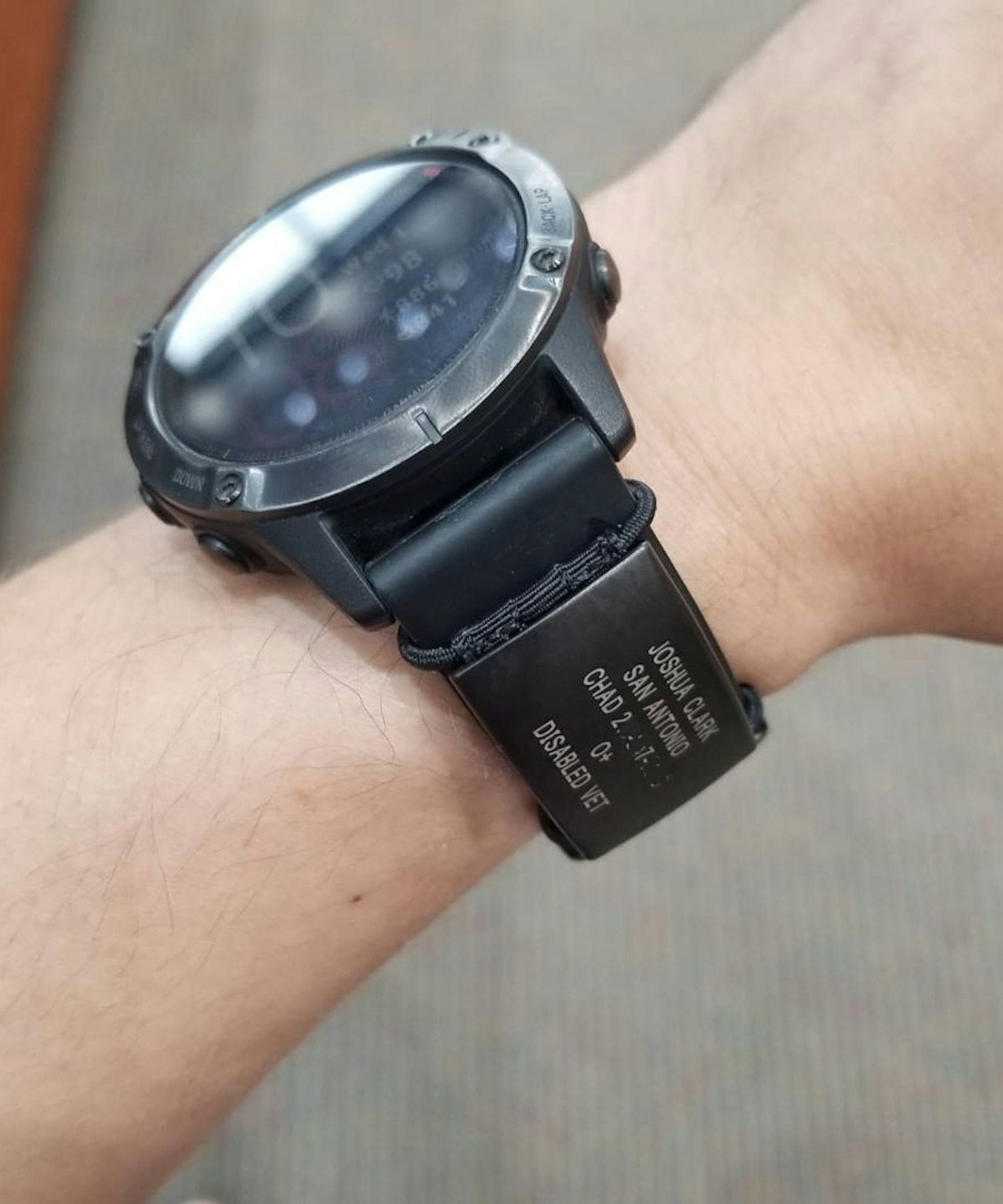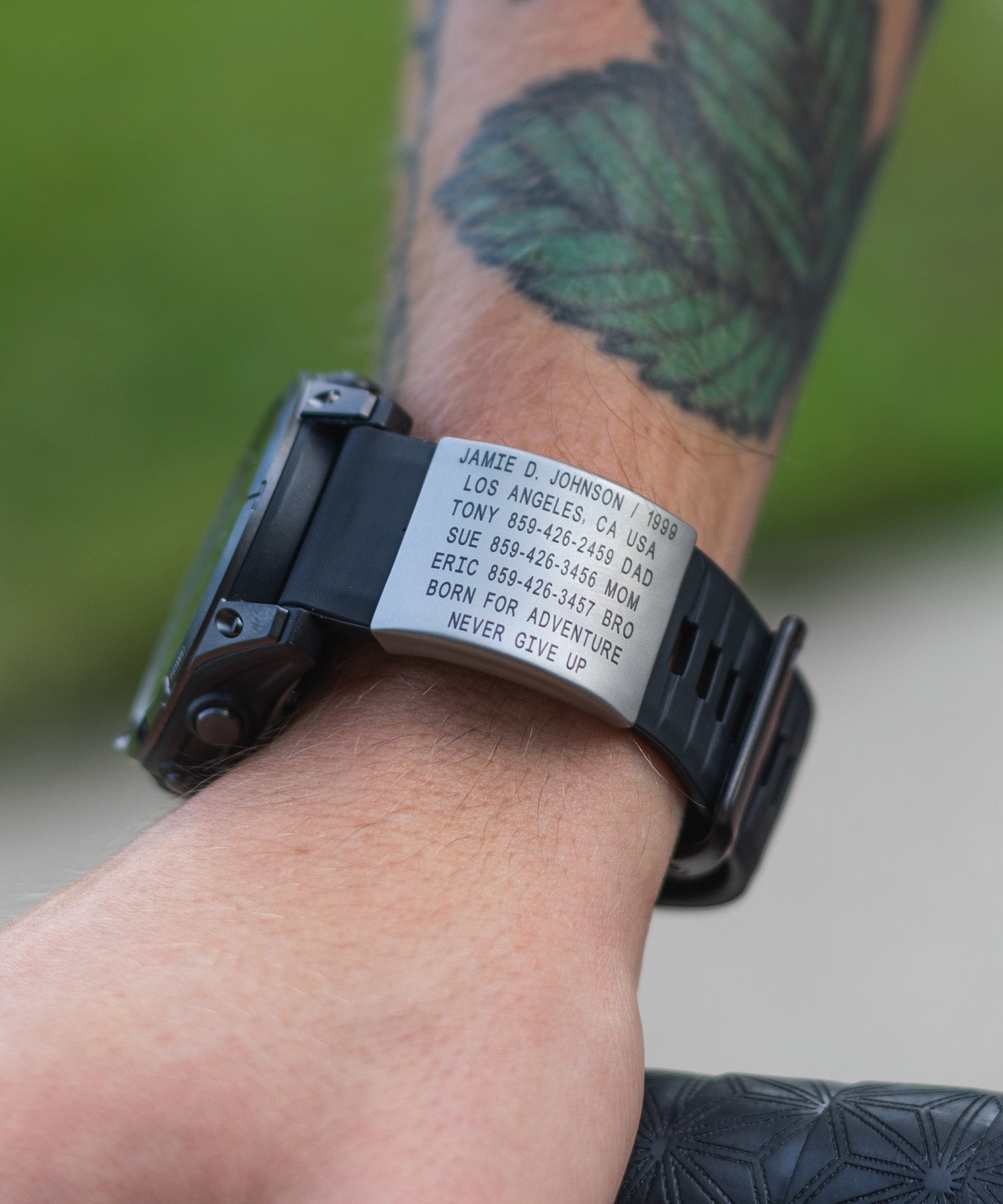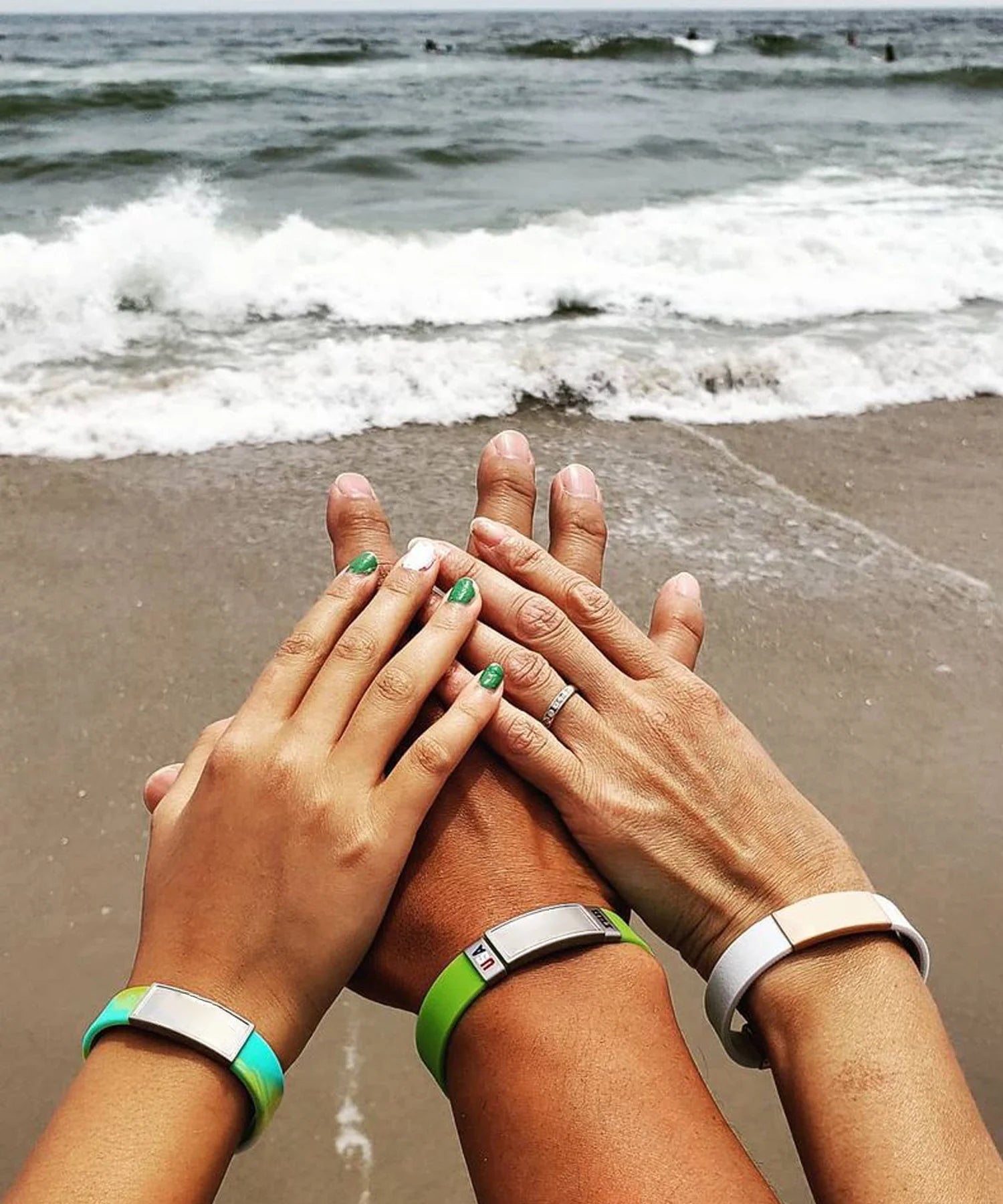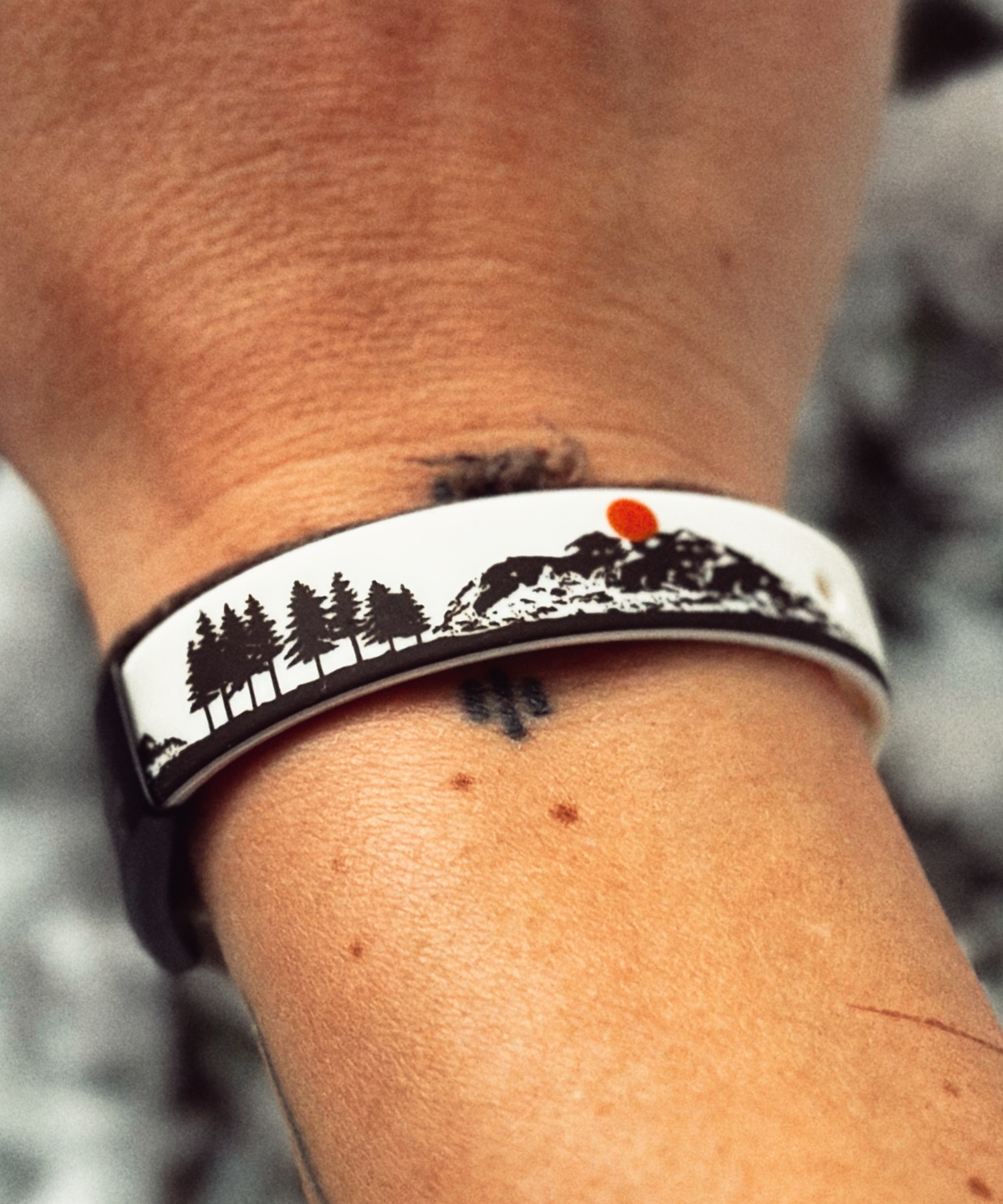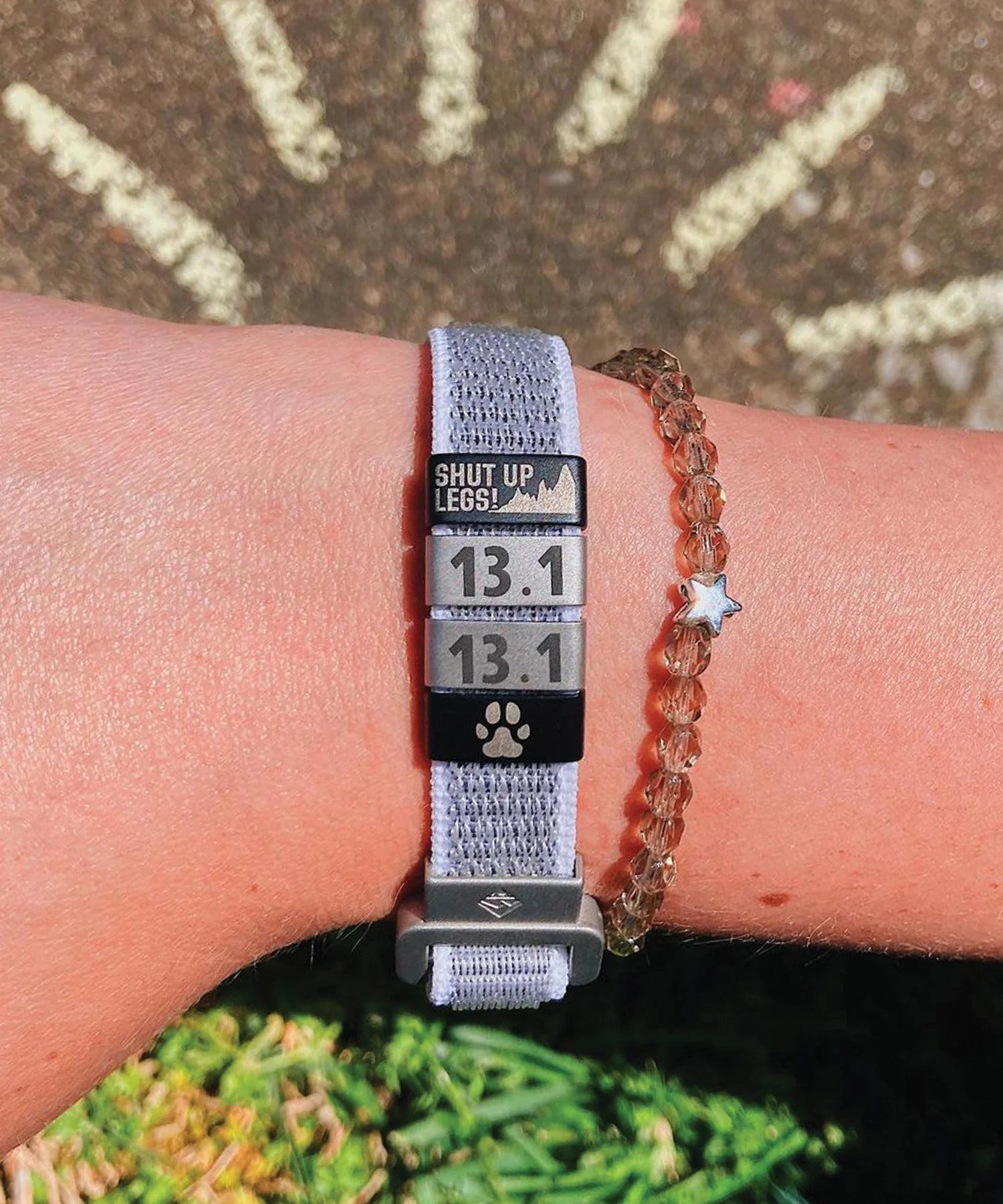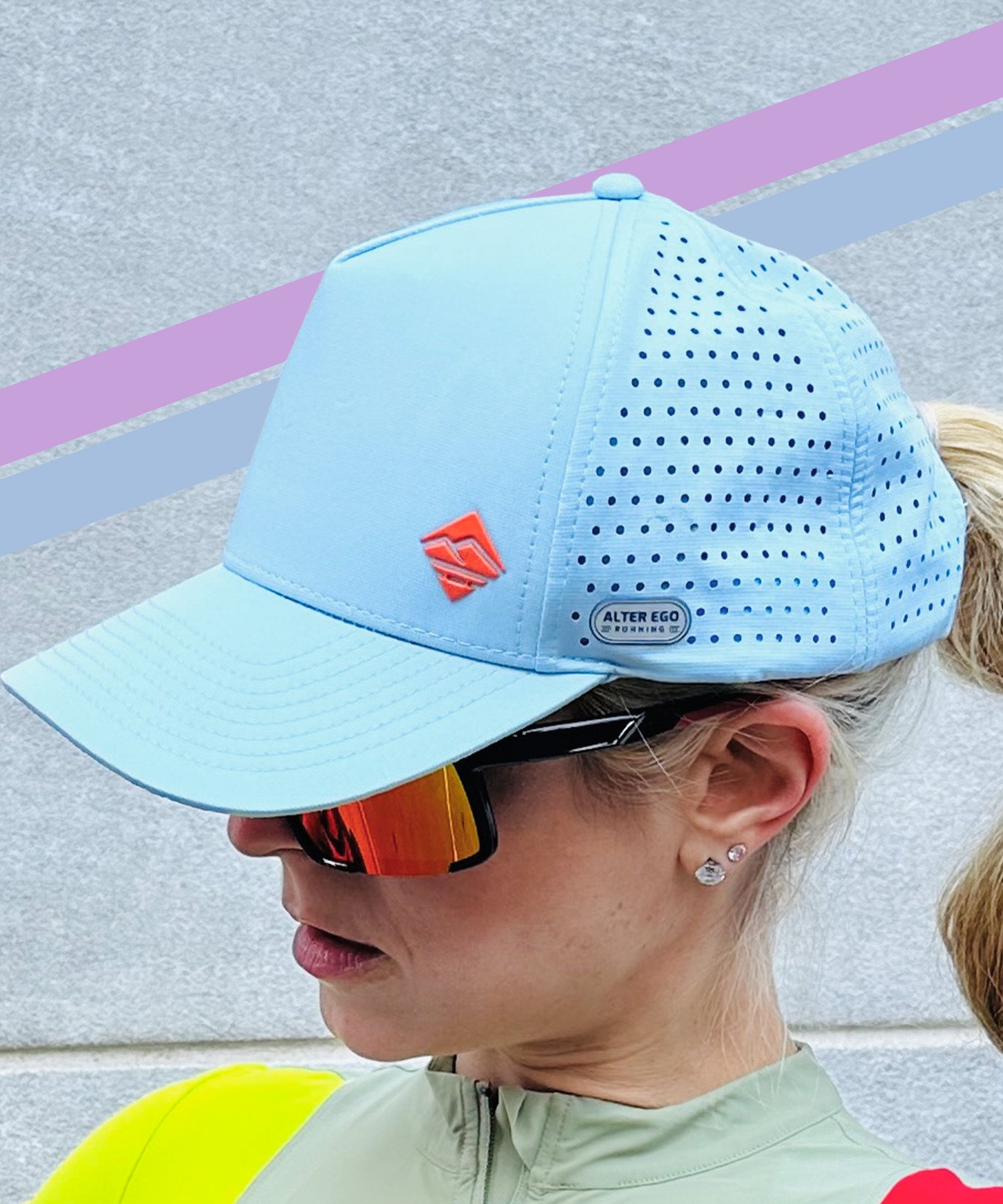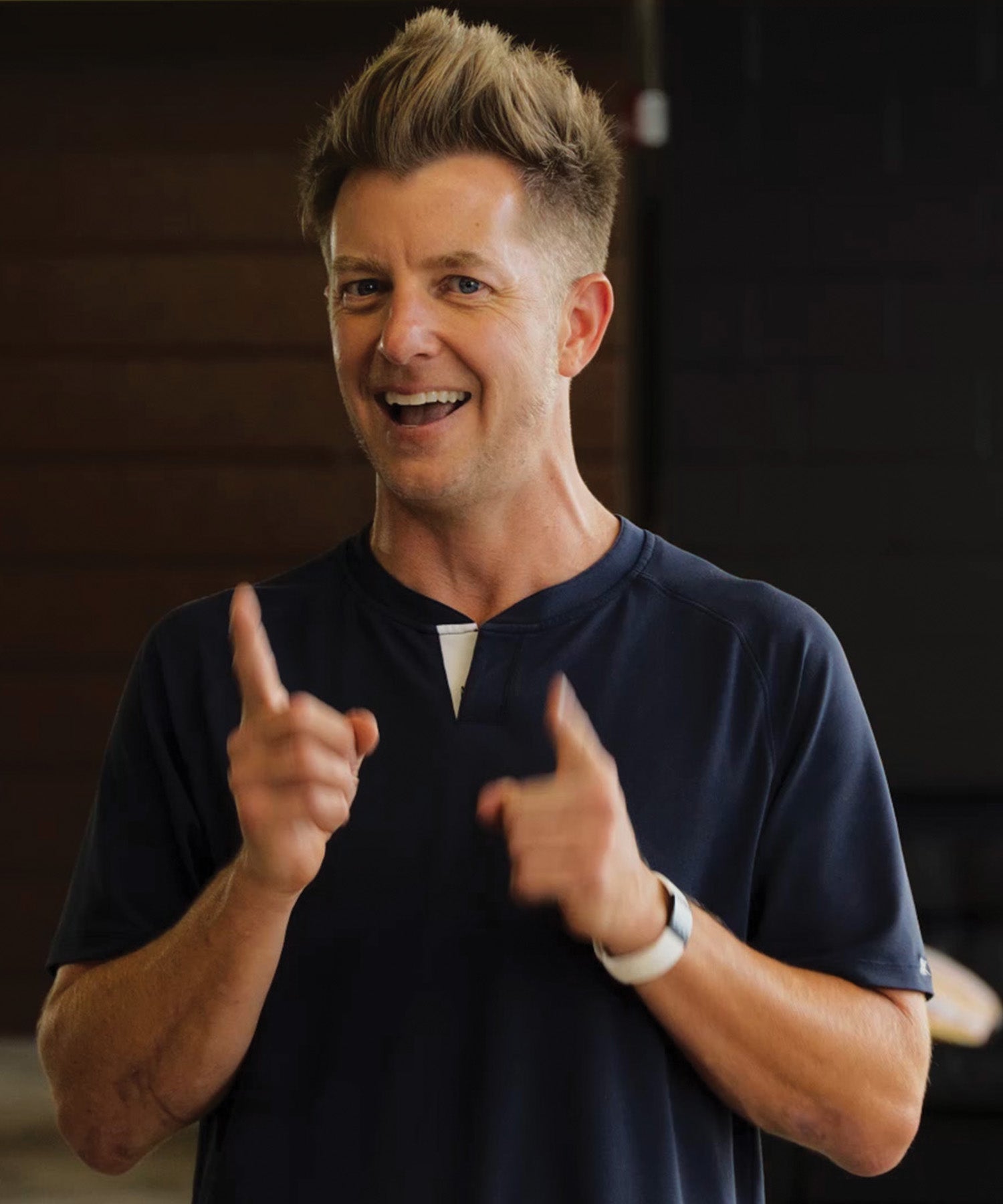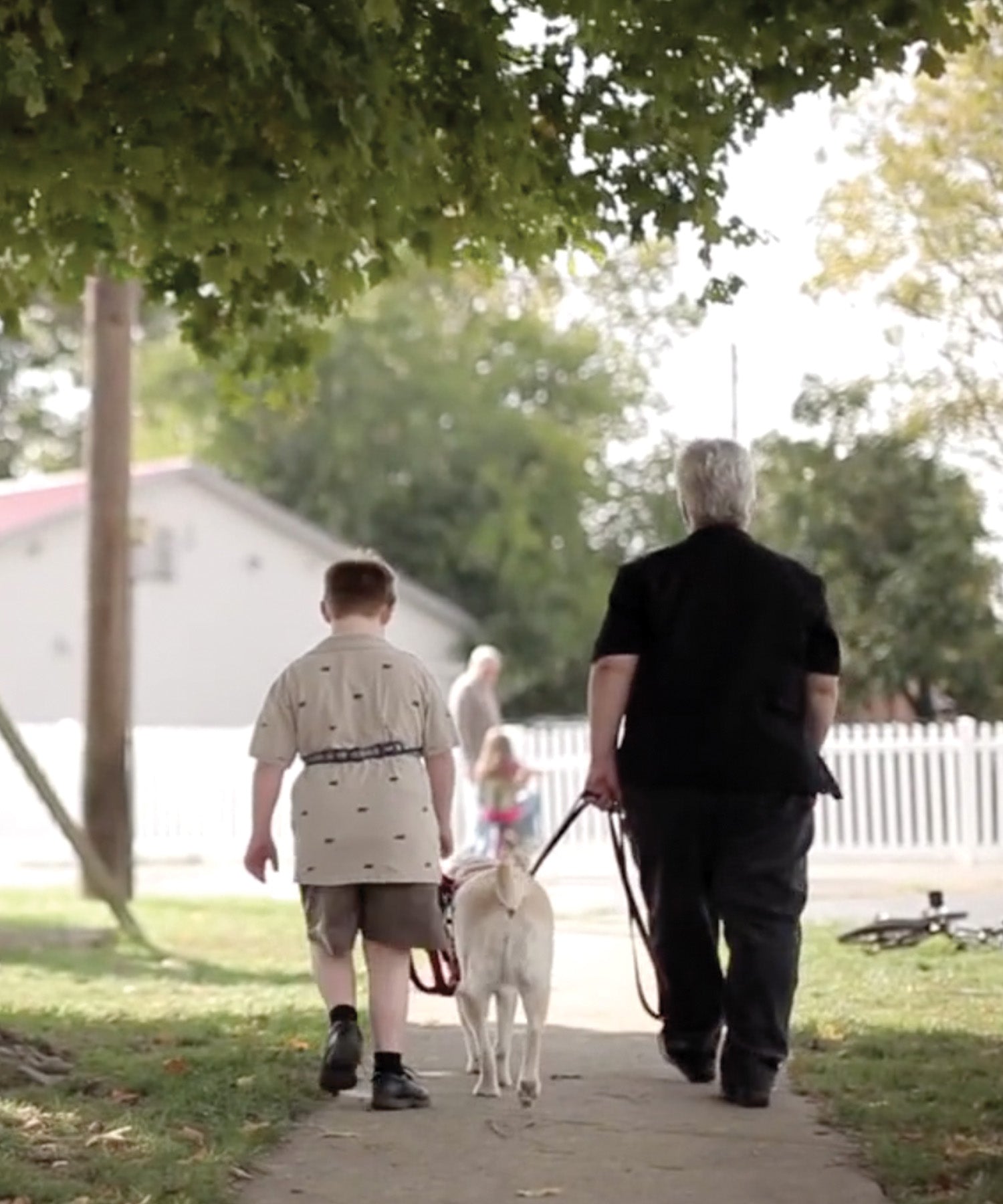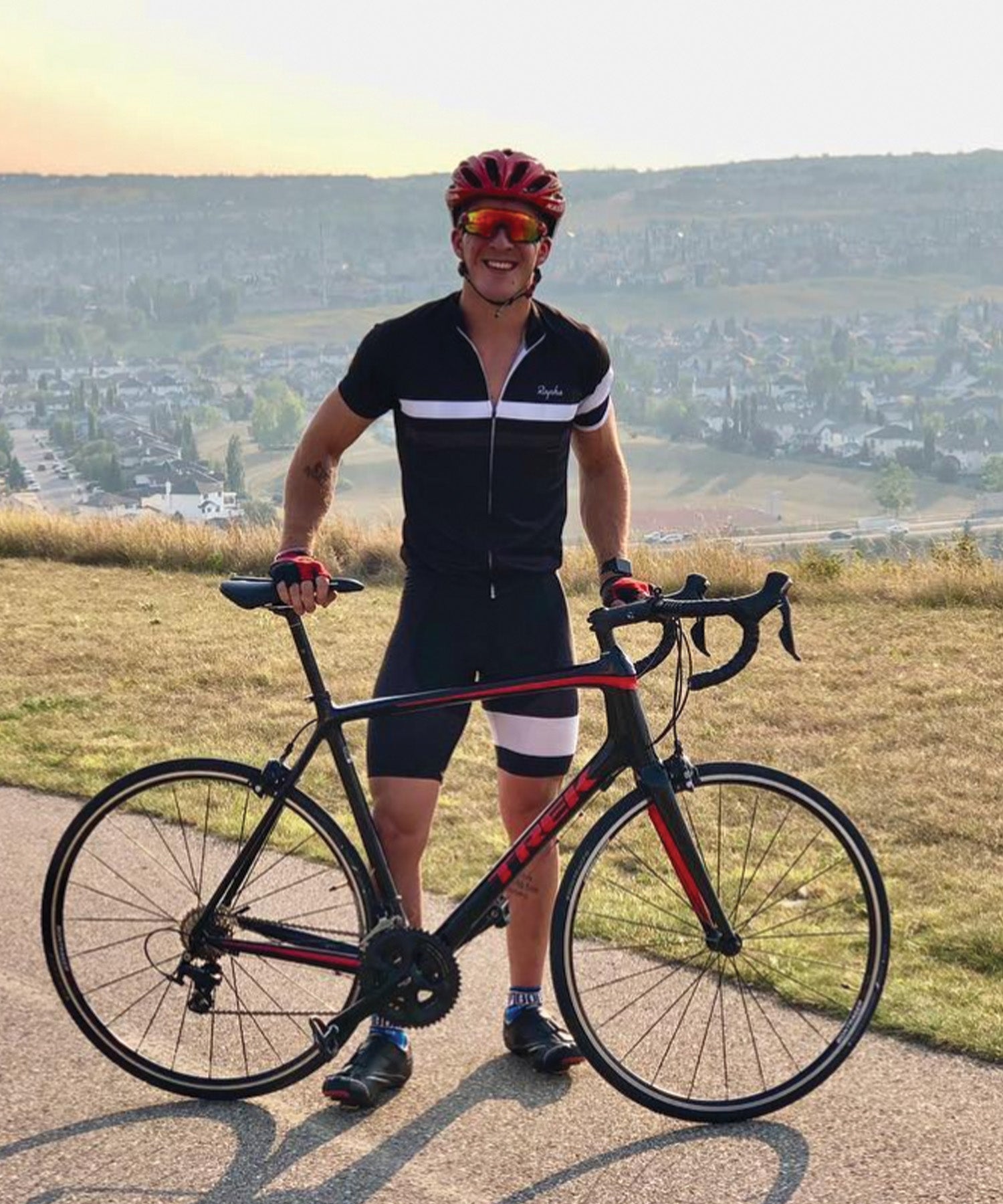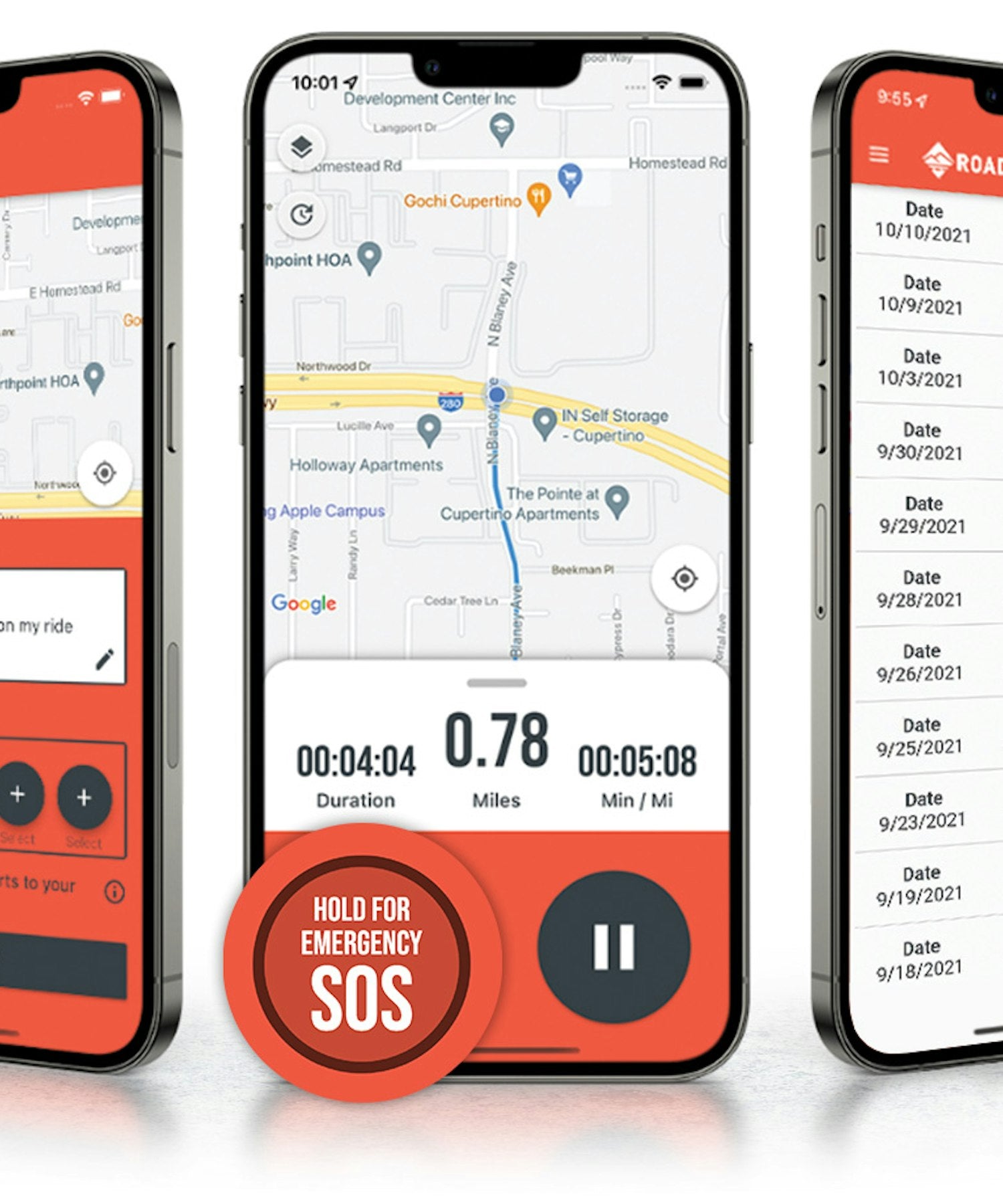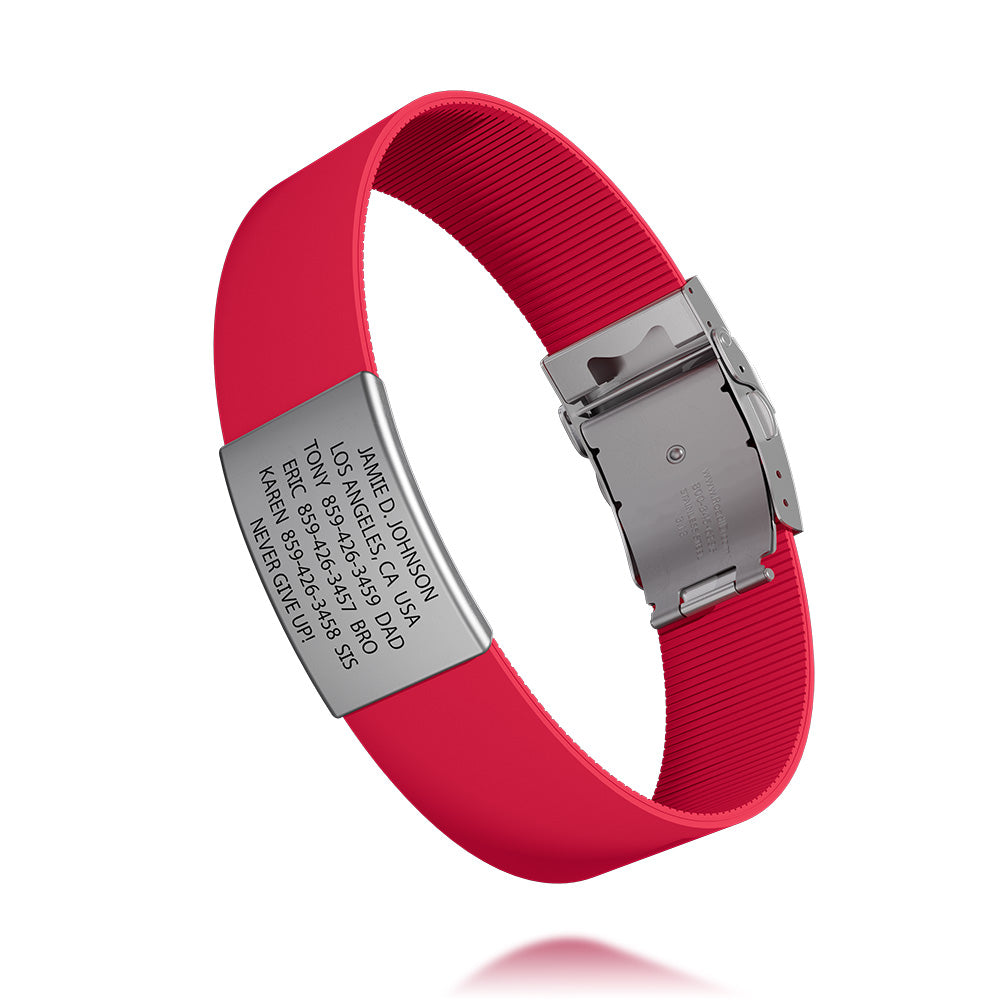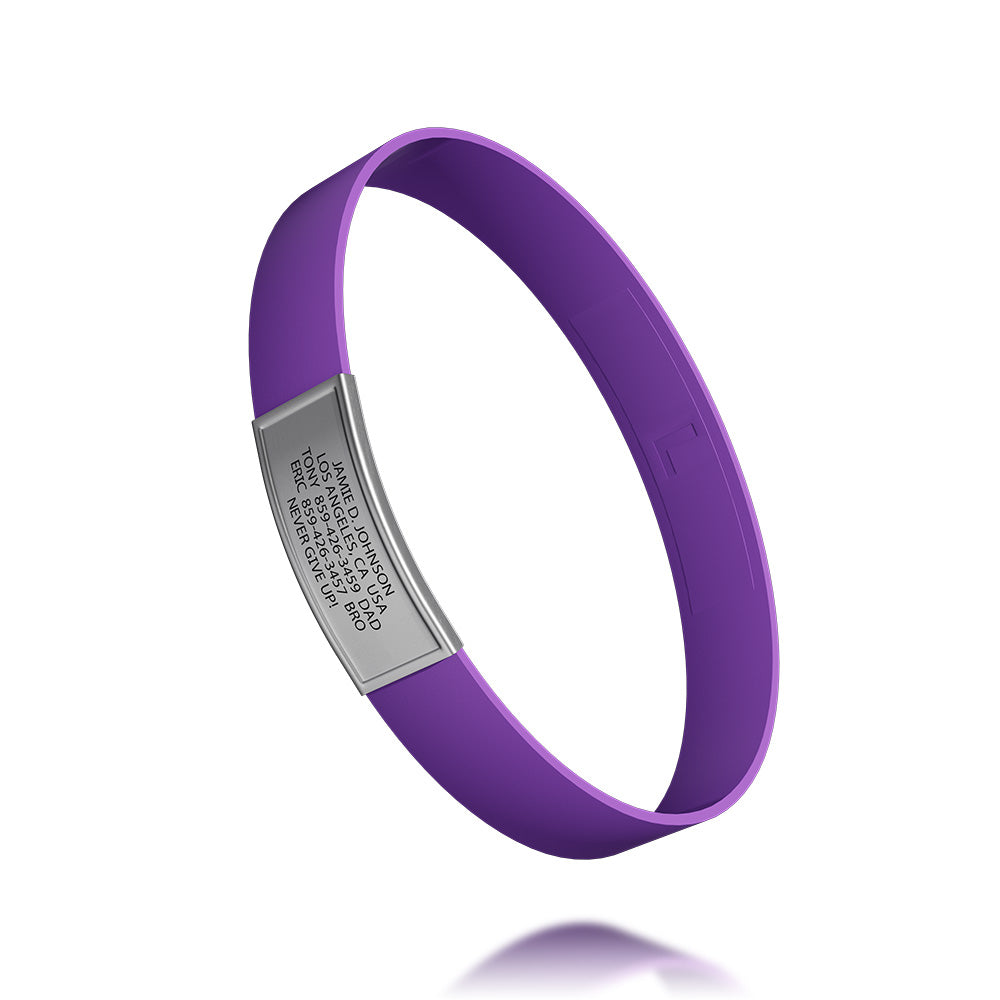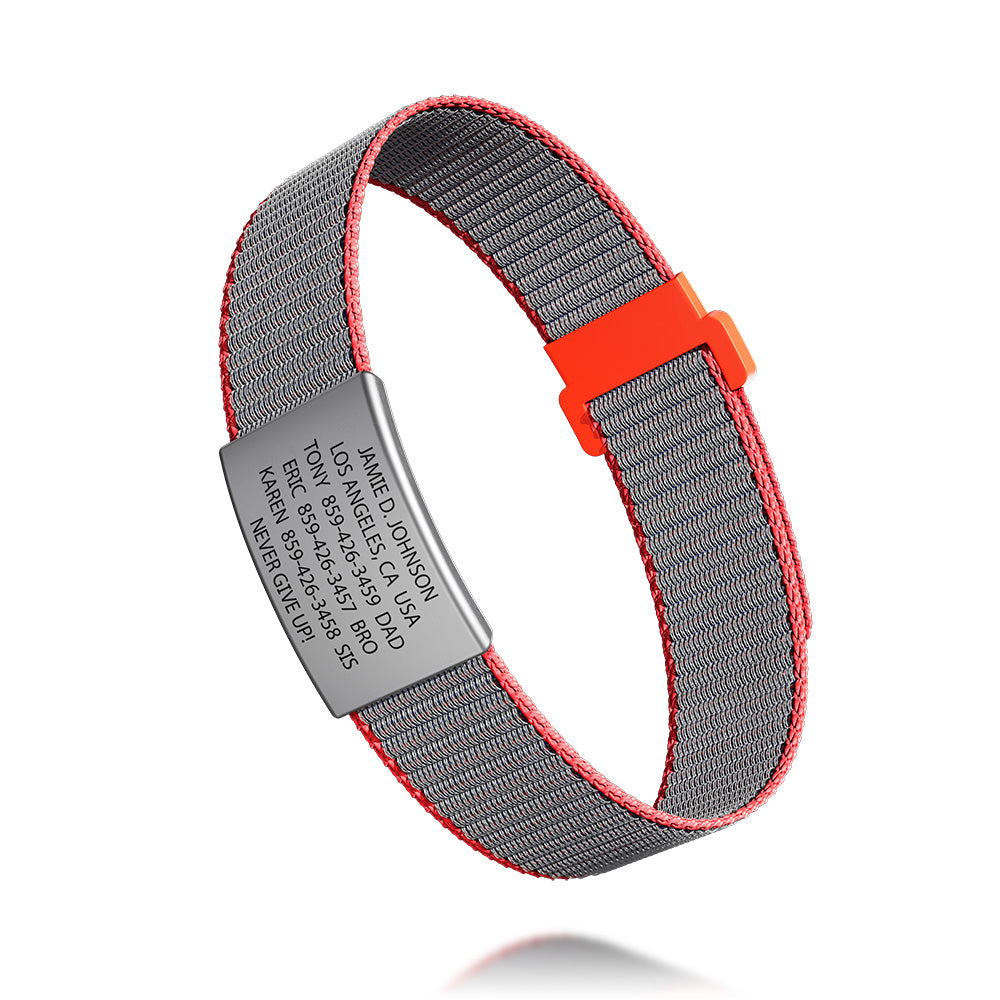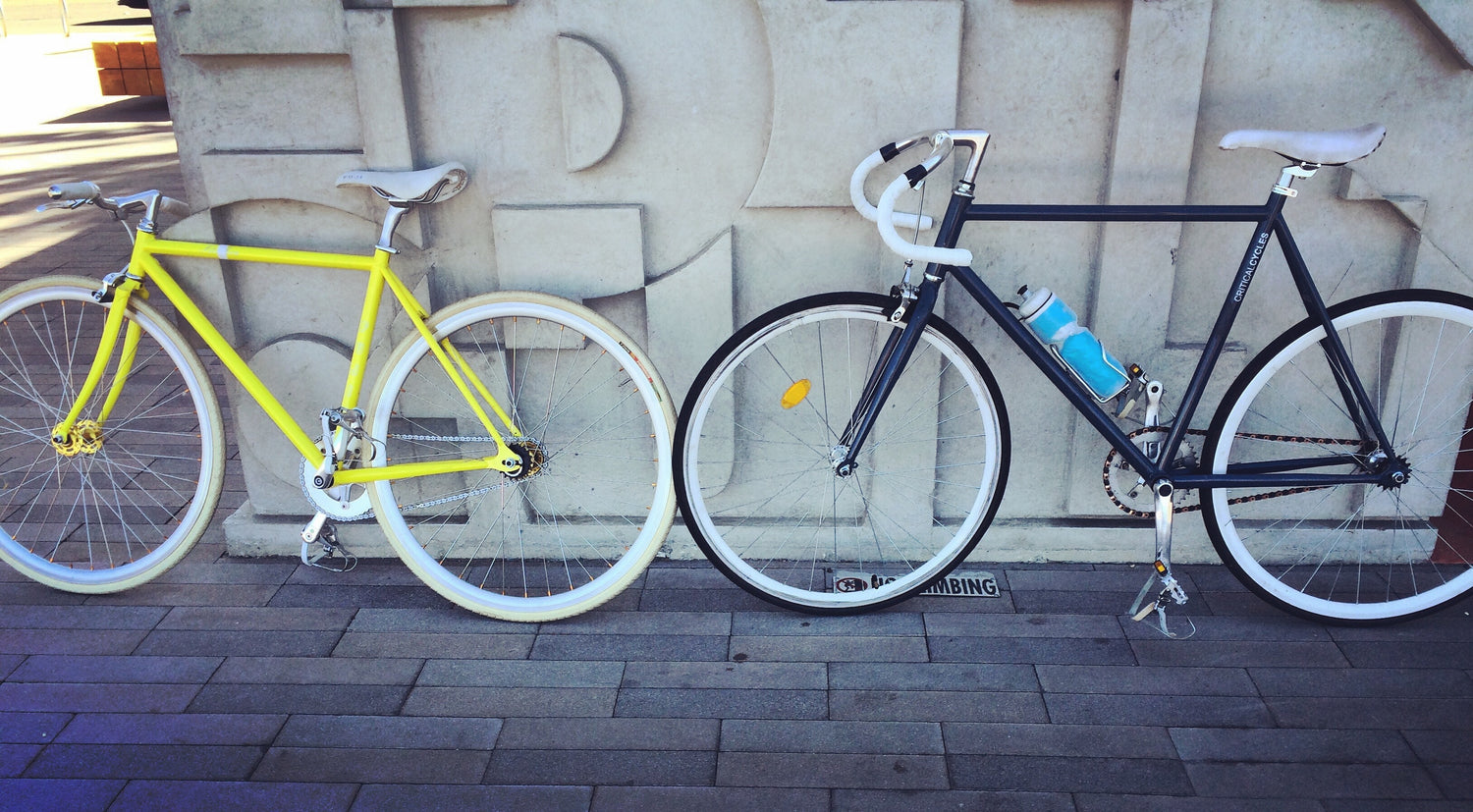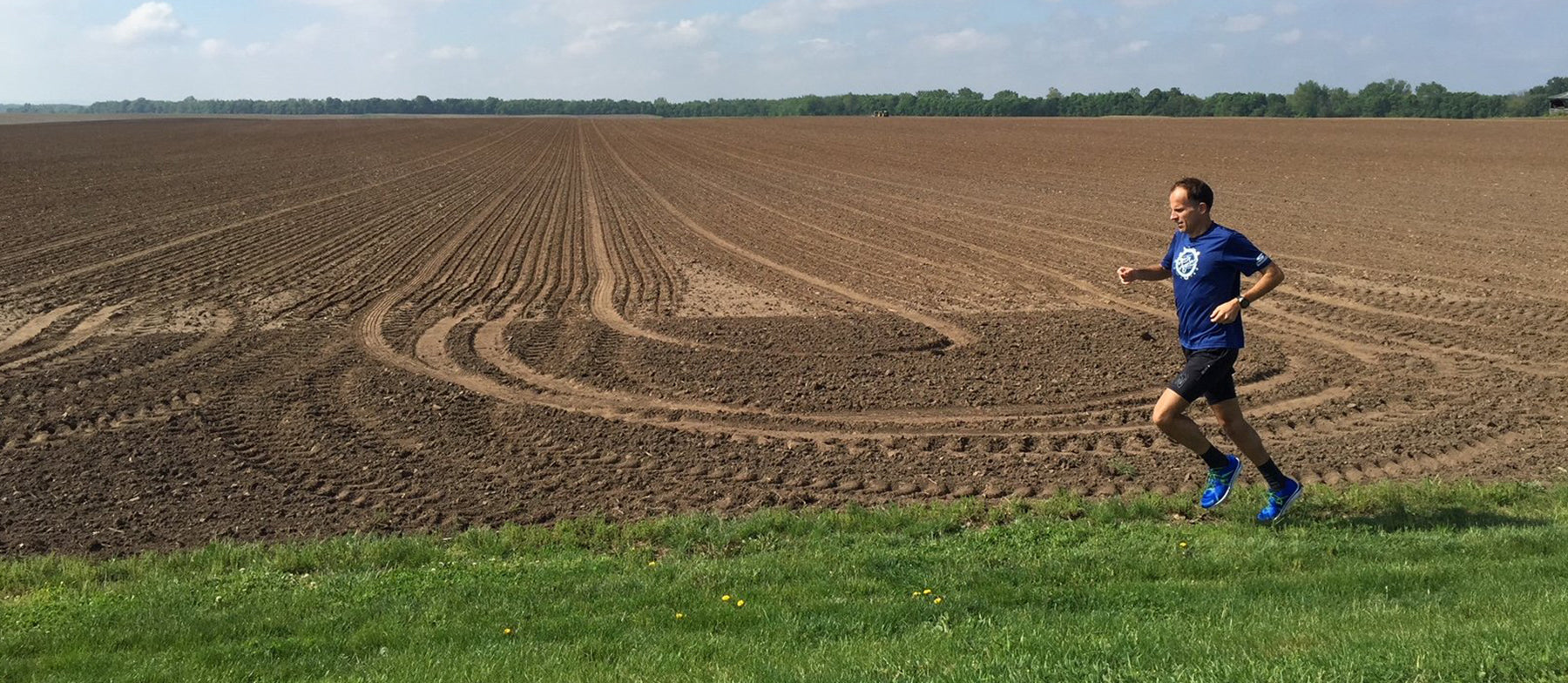Getting your kid on his or her first bike is both a joyous and nerve-wracking occasion. With many types and brands available, the uncertainty of your child's ability/desire, and predicting your kid's growth patterns, the task can be daunting. Here, I'll try to distill it into a stress-free process that will get you the right bike without tears—yours or your kid's.
Before we begin, a recommendation: We highly recommend buying your bike at a proper bike shop with a service department. This ensures that the bike was built correctly, and that after the purchase, you can get adjustments made easily and conveniently. We get plenty of ill-built bikes from non-bike shops that we have to make rideable.
The Bicycle Progression
The Learner Bike
A "first bike" used to mean training wheels. Unfortunately, these can actually be counterproductive to learning proper balance. In recent years, the trend has gone to balance bikes. These bikes do not have pedals, and your kid learns by walking, gliding, coasting, and eventually riding on their own. In fact, if you have a pedaled bike, we advocate removing the pedals and treating it like a balance bike for learning. Brands like Strider and KaZAM have some great options.
 No pedals? No problem! A typical balance bike.
No pedals? No problem! A typical balance bike.A Real Bike
A first "real" bike can be as simple as a one-speed coaster brake model, which is normally the best option for anyone just getting started. From there, you can get a bike that has both the coaster along with a hand brake, which will allow them to get comfortable with the idea of a hand brake only bike.
The Big Kid Bike
Once your kid has mastered the beginner's version, you'll know what he or she is into—speed, distance, trails, etc. You can then choose from geared road or mountain bikes.
Steps in Bike Buying
Choosing the Bike
Let's assume that the bike you are choosing is for a kid who has mastered the basics of riding. Above we've covered the value of a balance bike.
What kind of riding will your kid be doing? Is it going to be ridden around the neighborhood on the sidewalks? Maybe some dirt trails? Are they the daredevil type that will build ramps and jumps? Maybe a little bit of each of these. Each type of activity has a purpose-built bike, but the primary activity will dictate which option you should go with. If it's a little bit of everything, a hybrid-style geared bike with wide wheels and upright bars will be a good all-rounder. Your bike shop can steer you towards road bikes, BMX style, or mountain bikes depending on your kid's style of riding. The majority of kids' bikes we sell are mountain bikes due to their toughness, versatility, wide tires/wheels, and gearing.
 Bikes come in all shapes and sizes—just like us.
Bikes come in all shapes and sizes—just like us.The Size
The next step is to figure out the wheel and frame size that works best. While the most common thought process is to get a bike they will grow into, you have to do this within reason. If the bike is too large, it may be unwieldy and difficult for him to ride comfortably as well as safely, and in the long run, may discourage them from riding at all.
My best advice with regards to picking the correct frame size is to rely on your bike shop professional. They will be able to work within your desire to get a bike that may be a bit big, while still making sure that it can be ridden safely.
The Helmet
Before putting wheels on the ground, get a helmet. Perhaps the most important thing about the helmet is to make sure it's habit. So, anytime your child—or you—get on a wheeled vehicle, the helmet goes on, no matter how short a ride. Be consistent and it'll be habit. You will want to make sure it fits properly and again: a professional salesperson should be able to help with this as well. Once they have tried on the helmet for the overall size, make sure that you also get the straps adjusted for fit as well.
 No matter the age, you gotta protect that dome.
No matter the age, you gotta protect that dome.The Lock
From here you might want to purchase a lock, especially if they are going to be using the bike to get to and from school.
Rules of the Road
Finally, it is imperative that your child knows the relevant rules of the road before they head outside of your yard or driveway. They should be able to recognize and follow traffic signs and signals, and follow them rigorously. They should also know and use widely-used hand signals, such as turning, before they sally forth.
Following these simple steps will provide your child with many fun filled days riding and exploring their ever-expanding world.
Sidebar: Teaching Your Kid to Ride
For the beginner, we think we've got the best method for teaching.
- Start with no pedals. Either remove them or get a balance bike.
- Lower the seat. A kid should be flat footed while seated (at first).
- Find a grassy area with a very mild slope.
- Let the child walk his or her bike down the slope and repeat.
- Progress to a trot or run.
- Using momentum, have him pick his feet up and coast.
- Continue this until he can coast easily.
- Move it to the hard surfaces.
- Add the pedals, raise the seat, and ride!

